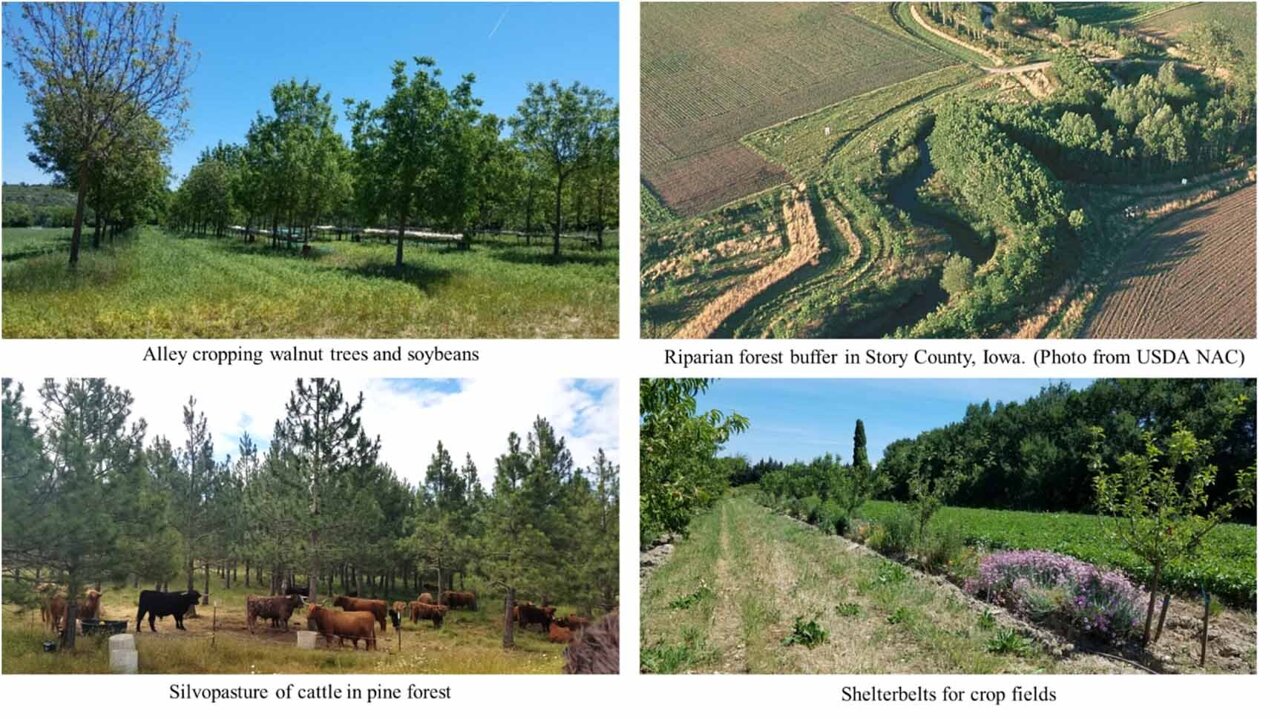Trees as Lifelines: How Strategic Mapping Reveals Hidden Potential in Agroforestry

Breaking Ground: How Trees and Farming Can Thrive Together
For generations, farmers have viewed trees and agricultural lands as incompatible territories. This traditional mindset has long separated woodland from cropland, creating a stark divide in land management practices. However, a revolutionary approach called agroforestry is challenging these deeply rooted perceptions.
Agroforestry represents a sophisticated and holistic agricultural strategy that intentionally integrates trees and shrubs within farming systems. Instead of seeing trees as competitors for resources, this innovative method recognizes them as collaborative partners in agricultural productivity.
By strategically planting trees alongside crops and livestock, farmers can unlock multiple benefits. These living landscapes offer enhanced soil health, improved biodiversity, increased carbon sequestration, and additional income streams through timber, fruit, or nut production. The approach transforms agricultural landscapes from single-purpose zones into dynamic, multi-functional ecosystems.
Modern agricultural scientists and progressive farmers are increasingly embracing agroforestry as a sustainable solution to environmental challenges and economic uncertainties. This approach not only supports ecological balance but also provides farmers with more resilient and diversified agricultural systems.
As climate change and environmental pressures intensify, agroforestry emerges as a promising pathway—proving that trees and farming can indeed coexist and mutually thrive.

